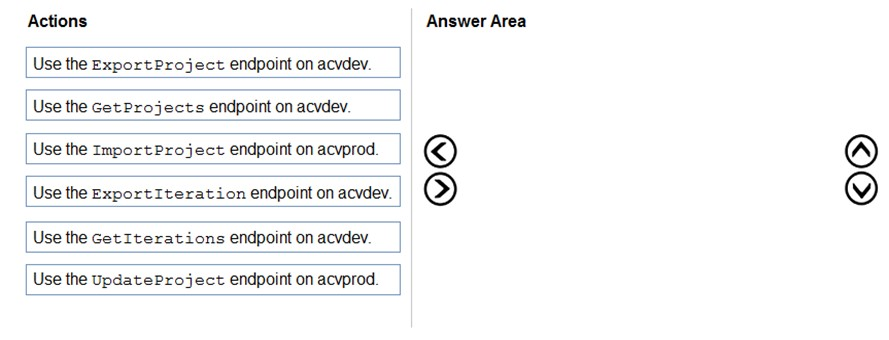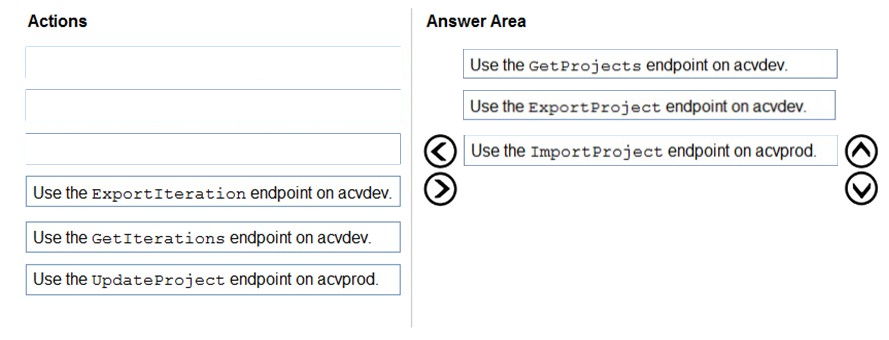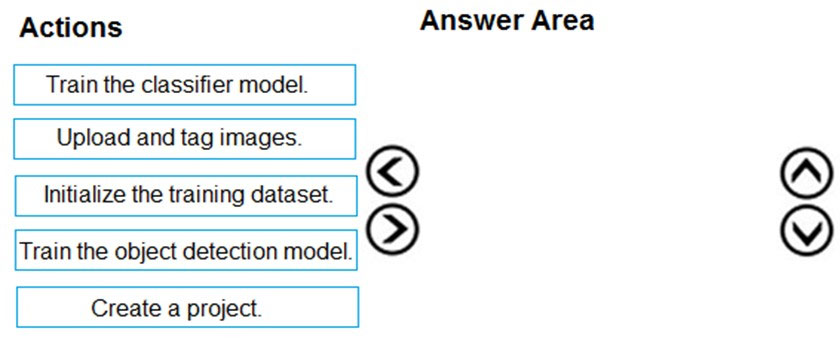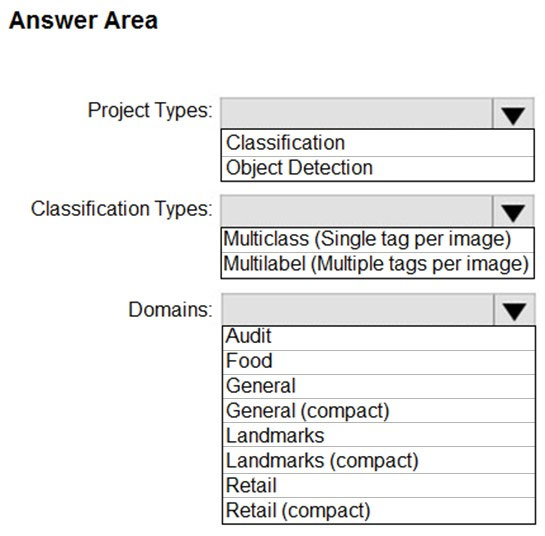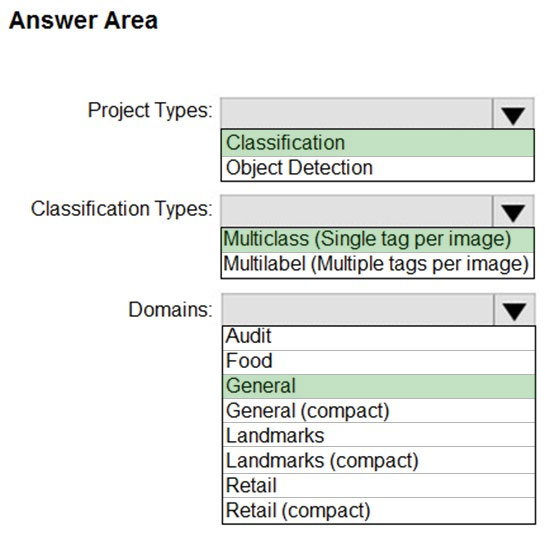PMP Project Management Professional Exam: Essential Questions and Answers
QUESTION 1
A project manager leads a software development project in a hybrid environment. During project planning, the project manager identified a risk where a technical resource for a critical path item may not be available when needed. One week before the resource is needed, the technical engineer had a personal emergency and had to take a leave.
What should the project manager do next?
A. Consult the risk register for an appropriate planned risk response and implement.
B. Revise the project management plan and move the task to a time when the technical resource will be available.
C. Review the business requirement with stakeholders and exclude the task assigned to the technical resource.
D. Update the lessons learned report and the risk log to reflect that this risk has materialized.
QUESTION 2
A team has just adopted an agile approach. During daily standup meetings, the team expressed concerns about task delays. The project leader worked with the product owner to get clarity on the features. The project leader asked the team to fast-track all product features to ensure delivery. Sprints are being completed but with either fewer features or low quality.
What should the project leader have done to ensure success?
A. Asked the team to create an impediment log and keep it updated for use in the next sprint planning
B. Directed teams to possible solutions that help in removing the impediments and contribute to a timely delivery
C. Suggested to the team to add impediments as work items in the product backlog to be fixed in the next sprints
D. Empowered the team to improve their processes, tools, and interactions to be more effective in delivery and removing impediments
QUESTION 3
A team is delivering features to a customer at every iteration. After completing each iteration, the customer is invited for a review. However, the customer is frequently not available and the review is often delayed, which results in increased rework for the team.
What should the project manager do?
A. Include the customer in daily project activities to gain the required guidance
B. Plan ahead and define the best way to review the deliverables with the customer
C. Request the customer to clarify all requirements at the start of each iteration
D. Ask the customer to review the deliverables in each iteration based on their availability
QUESTION 4
A project manager is part of a team that is launching a series of features to comply with a new regulation. The team has only 6 weeks to release the features to the legacy applications. During the standup meeting, a software engineer indicated that the development of an important feature is on hold until the assigned designer completes a specific task. This delay is a serious road block to meeting the release date.
What should the project manager do?
A. Meet with the design team manager to inform them of the current status and request an additional designer
B. Ask the software engineer to move forward without completing the important feature
C. Contact the design team manager and ask to reconsider the priority list based on the latest situation
D. Meet with the designer to share the current status and develop a solution to complete the task
QUESTION 5
A project manager is working with a customer’s team on a new project. Some product definitions and requirements are still not clear, but the customer
wants to start activities as soon as possible. The organization is also expecting product delivery for a specific date due to a regulatory requirement. Due
to the nature of the project, the project manager has decided to use a hybrid approach.
Why did the project manager choose a hybrid approach?
A. A hybrid approach will enable project activities to start immediately and allow for a plan for the requirements definitions
B. A hybrid approach will allow the project manager to revise the product specifications
C. A hybrid approach will allow for management of the requirement uncertainties as well as the date restriction
D. A hybrid approach will ensure the delivery date is accomplished and will eliminate product uncertainties
QUESTION 6
A project team has expressed concern that certain remote team members are not able to collaborate with the larger project team due to their work schedule. The project manager is confused since the entire team is located in the same time zone and believes there are other factors at play.
What should the project manager do next?
A. Implement new options
B. Examine the team’s virtual needs
C. Rectify ground rule violations
D. Review performance formally
QUESTION 7
A company is implementing a project with team members located in different countries and time zones. Individual performance is satisfactory, but the team’s performance as a whole is low, especially in terms of group activities.
What should the project manager do?
A. Review and reassign team assignments
B. Facilitate communication and team building
C. Negotiate for new team members
D. Review and update the communications management plan
QUESTION 8
During the third iteration of a project, the product owner requests another mandatory feature. This also happened in the previous two sprints, which resulted in failure and caused frustration within the team.
What should the project manager do next?
A. Request the scrum team to prioritize the product backlog
B. Ask the product owner to prioritize the backlog with the project team
C. Call for an internal meeting to discuss the changes and their value
D. Incorporate the changes in the last sprint before the first release
QUESTION 9
Five agile teams working together on a product recently performed release planning. Midway through the project, each team showed that their progress
was on track. When all of the teams integrated at the product level, many integration issues were observed. The overall product release progress
declined with predictions showing the committed content will not be able to be accomplished.
What should the project manager have done differently?
A. Performed a Scrum of Scrums on a regular basis to help the teams remove impediments
B. Formed a separate quality assurance team to test all items coming from each team at the end of each sprint
C. Arranged an online session on the integration concept and suggested tools to the teams
D. Ensured frequent and continuous integration of work to obtain early feedback and continuous learning
QUESTION 10
A project team member is having difficulty delivering assigned tasks for a project that is at risk of being delayed. The main issue is that the team
member does not understand a new system that was recently implemented.
What should the project manager do?
A. Ask the team member to learn the new system as on-the-job training.
B. Issue a change request to extend the project schedule.
C. Escalate the team member’s performance to the project sponsor.
D. Assign an experienced resource to support the team member.
QUESTION 11
A project team consisting of four team members will be rolling out a company-wide application to both staff and contractors in a country. To deliver
within strict the time lines, a local company skilled in application deployment and change management will need to be contracted.
What should the project manager do to empower the local company?
A. Manage expectations and agree on the requirements that the contractor will deliver under the supervision of the project manager
B. Begin to roll out the application by micromanaging the contractor
C. Set expectations and agree on the requirements that the contractor will deliver with periodic progress reports
D. Deploy the contractor’s staff under the supervision of the project manager
QUESTION 12
A project manager is managing a construction project that is facing challenges. There is schedule overrun, cost overrun, and the client is unhappy with
the specific scope progress.
What should the project manager do first?
A. Review the scope and project objectives.
B. Enforce the penalty clause on the supplier.
C. Take action to reduce the cost overrun.
D. Work with the client on the scope completion.
QUESTION 13
In a geographically distributed project team, the project team members continue to email status reports and update schedules after their weekly
meeting discussions. However, the team is having difficulty tracking the changes and progress made.
What should the project manager do?
A. Facilitate training on version control and project artifacts.
B. Maintain separate document control via regions to avoid discrepancies.
C. Maintain a central repository of artifacts with a version control system.
D. Develop a document management software for version control.
QUESTION 14
A project manager has been assigned to a project where collaboration with the business is a critical key factor. The project manager is not sure about
which approach to use. A senior project manager has been assigned to help the project manager.
What advice should the senior project manager provide?
A. Work with the project manager to develop a new approach that will bring benefits to the project
B. Suggest using an agile approach since customer and team collaboration is critical for project success
C. Establish a project management methodology that requires the customer to provide daily updates to the team
D. Provide a project management template for the project manager to follow as a guide
QUESTION 15
A project manager is managing a large project. A stakeholder has just discovered a new risk that has not been identified in earlier stages.
What should the project manager do?
A. Confirm to the stakeholder that the risk register has been completed and validated by all stakeholders
B. Perform a risk analysis directly with the stakeholder who raised the risk and update the risk register
C. Communicate the risk to the steering committee and request a mitigation plan from senior management
D. Add the risk to the risk register and reevaluate the register with help from the project team and stakeholders
| Browse PMP Questions : | |||
|---|---|---|---|
| Q&A 1-15 | Q&A 16-30 | Q&A 31-45 | Q&A 46-60 |
| Order Your PMI Premium PDF Today! Click here to make your purchase. Apply the discount code EDU50R at checkout to receive 50% off! |
|||








